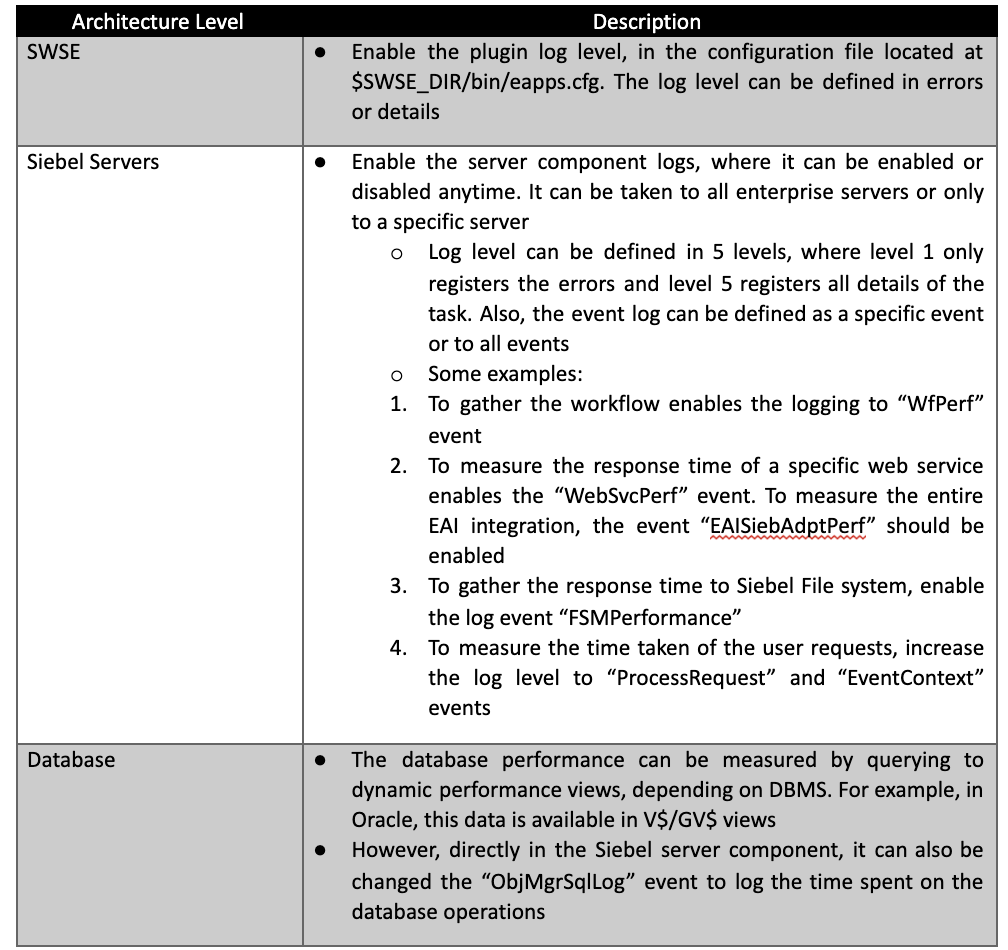
by Vítor Anselmo / Performance Architect
Over the years, organizations have realized how important it is to be next to Customers in what are their necessities and desires, changing the past paradigm between them. In the light of these changes, customer relationship management (CRM) gains special importance to align the organization strategy to customer-oriented model. Since the oldest method based on “pen, notebooks and sheets” to a more simple or complex system, a CRM application is oriented to manage all interactions between an organization and its customers.
With the constant evolution of IT and the new different communication channels that all companies provide, it is crucial to store client’s data into a single solution so it can be available across the different organization’s layers. Features like emails sent by customers, make a call to a support line or the company sending an SMS notifying the customer what leads has the company to offer him, are some examples of interactions that must be registered in the system, even if CRM is not responsible for accomplishing one of these activities.
Siebel
Siebel is one of the CRM solutions most used by Telco’s or bank companies, typically by the big companies since it can record each and every interaction between Organization and Customer, being that in the form of a phone call, email sent or a visit to a customer service counter in a physical store.
The most common implementations of Siebel CRM are in customer service by voice channels, where the application is integrated with a telephonic solution. However, it can be extended to email integration or even integrated with multiples legacy systems responsible for other business processes within the same organization (examples: billing processes, customer campaigns, etc.). It will keep a record of all organization’s assets, accounts, employees, opportunities and much more useful information, linking them together in multiple relationships.
Siebel Concepts

Siebel Architecture
Regarding the Siebel architecture, it can be considered that there are 6 different pieces essential to all Siebel implementations. Depending on the solution complexity, the number of user accesses or the system usability is possible to mix different pieces in the same physical servers, even though the most common is to separate each piece in multiple servers.
- Siebel Client: Siebel client types. The most common is the Siebel Web client, through a single browser. The dedicated client or mobile access are other examples of Siebel clients.
- Siebel Enterprise Server: Collection of logical servers that support end-users accesses/integration processes
- Siebel Gateway: Stores a centralized configuration file that includes all component definitions and availability
- Siebel Web Server Extensions: Siebel plugin installed on the webserver, that identify the Siebel requests and forwards it to the Siebel servers.
- Siebel Filesystem: Centralized directory, available to all Siebel servers and stores all files used by the Siebel application like email attachments, for example.
- Siebel Database: Database that stores all data managed by Siebel application, changed directly in the GUI or by external integration
Security Concerns
Security policies are the challenge of our days. Next table shows a simple concern to be considered in the Siebel applications:

Perform to Perfection
The Siebel application user experience can be influenced by the response time of the different pieces of architecture. When the Service Requests page loads or the order submitted is slower than expected, the root cause of this behavior must be analyzed in different layers. To support this analysis, a Siebel installation includes a framework (Siebel Application Response Measurement) that collects a set of indicators, groups them within the Siebel infrastructure and allows to identify which area is the main contributor to the application response time. To reference, the data collected is related with next 5 main areas: Web-Server Time, Infra-Network Time, Siebel Server Time, Database Time and Application-Specific Time.
However, in the Production environment, enables the SARM framework to have a negative impact on the overall application. In this case, alternative scenarios can be follwed to collect several facts to perform a similar analysis:







Recent Comments